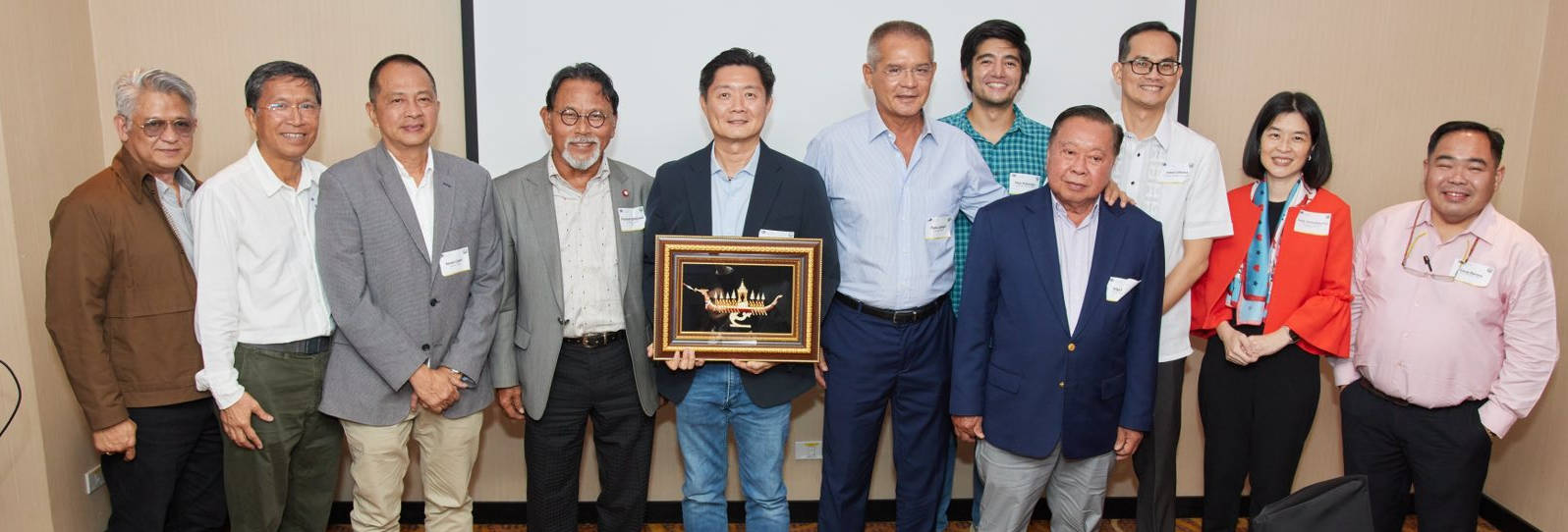20 October 2014
Reuters
Reporting by Alberto Alerigi Jr.; Roberto Samora, Reese Ewing and Caroline Stauffer;
Additional reporting by David Brough in London; Editing by Chizu Nomiyama, Bernadette Baum and Jeffrey Benkoe
http://www.reuters.com/article/2014/10/20/brazil-sugar-fire-idUSL2N0SF0G...
A blaze destroyed a sugar warehouse operated by Cargill Inc and Biosev at Brazil's Santos port, the largest in Latin America, early on Monday, the third major fire at a sugar export terminal there over the last year.
Firefighters had the blaze under control in warehouse 3 and kept it from spreading to a nearby grains warehouse, according to a spokesman for Codesp, the port authority. No one was reported injured.
Shipping agent SA Commodities said the warehouse has capacity to store 110,000 tonnes of sugar, and had 50,000 tonnes of sugar at the time of the fire.
The terminal, known as TEAG sugar terminal, is a 50-50 joint venture between Cargill and Biosev, the sugar unit of Louis Dreyfus Commodities.
Cargill said in a statement that TEAG has insurance for its buildings, equipment and stocks. A spokeswoman said the companies would give more details on the damage soon.
In October 2013, local sugar trading giant Copersucar lost much of its sugar export terminal, with a capacity of 10 million tonnes, to a fire. The company said it expects to have all of that capacity back on line by April 2015. The port is in southeastern Brazil, near Sao Paulo.
Front-month ICE raw sugar futures showed no immediate reaction, trading up 0.9 percent to 16.77 cents a lb. After previous fires, futures prices quickly spiked more than 5 percent in a day.
Cargill and Copersucar, Brazil's largest sugar and ethanol trader, recently combined their sugar trading and logistics assets globally, which may help the U.S.-based commodities trader reroute some sugar exports through Copersucar's terminal.
A senior Western analyst said the market response was not sharper because traders had overreacted to previous fires at Santos, most recently at Cosan SA's Rumo Terminal in August.
"People are being a lot more cautious until we get more news," said the analyst.
Brazil is about to enter its intraharvest period when the flow of sugar slows as mills wind down operations until the start of harvest in April next year. However, as terminal capacity is often dual use, grain exports that pick up in February through TEAG may be crimped by the fire.


